Hermaphroditus: Exploring the Ancient Intersex Deity in Greek and Roman Mythology
Contents
- 1 Hermaphroditus: The Ancient Intersex Deity and the Complex Legends in Greek and Roman Mythology
- 1.1 The Origins and Birth of Hermaphroditus, Child of Greek Gods
- 1.2 The Transformational Myths Involving Salmacis and Hermaphroditus
- 1.3 Hermaphroditus’ Symbolic Meaning and Representation in Classical Art
- 1.4 The Legacy and Cultural Impact of Hermaphroditus’ Mythology
- 1.5 Conclusion: Modern Relevance of Hermaphroditus’ Story
Hermaphroditus: The Ancient Intersex Deity and the Complex Legends in Greek and Roman Mythology
Hermaphroditus, the divine child of the god Hermes and goddess Aphrodite in Greek and Roman mythology, was a rare minor deity known for possessing both male and female traits. As the product of a carnal union between gods embodying masculinity and femininity, Hermaphroditus personified duality and fluidity across rigid gender divides.
Though seldom actively venerated or referenced today beyond scholarly circles, Hermaphroditus left an indelible imprint on conceptions of ambiguous biological sex characteristics in the ancient world. As such, Hermaphroditus occupies an exceptional place in the pantheon of Greco-Roman deities and still has resonance for expanding enlightened conversations around gender diversity in the present age.
The Origins and Birth of Hermaphroditus, Child of Greek Gods
Hermaphroditus was conceived when the clever messenger god Hermes and the beautiful love goddess Aphrodite consummated their divine relationship. From this salacious union between gods symbolizing masculine virtues and feminine graces, the intersex deity Hermaphroditus emerged.
As the child of such august parentage, Hermaphroditus inherited phenomenal gifts of allure, athleticism, and aptitude from both sides of his divine lineage:
Parents of Hermaphroditus
| Deity | Domain | Attributes Passed to Hermaphroditus |
|---|---|---|
| Hermes | Messenger <br>God | Inventiveness <br> Dexterity <br> Virility |
| Aphrodite | Goddess of <br>Love & Beauty | Allure <br> Grace <br> Femininity |
Additionally, key facts around Hermaphroditus’ mythic origins include:
- Etymology: His name combines his patrimony, coming from “Hermes”, and matrimony, from “Aphrodite”
- Mythology: First appearances in Greek myths with later incorporation into Roman legends
- Purpose: Served as divine patron of intersex people and effeminate men
So Hermaphroditus’ mixed divine parentage destined him to embody a dichotomous fusion of masculine and feminine traits, while also symbolizing the consummation underlying heterosexual marriage rites and reproductive fertility.
The Transformational Myths Involving Salmacis and Hermaphroditus
The most oft-cited mythic narrative featuring Hermaphroditus tells of a fateful encounter with the nymph Salmacis near Mount Ida which resulted in an extraordinary bodily transformation for both figures.
The Mythic Encounter Between Salmacis and Hermaphroditus
As the legend goes, Salmacis —a beautiful but overly amorous naiad— spied the young and handsome Hermaphroditus bathing alone one day and became intensely enamored. Succumbing to her burning desire, she forcibly embraced the object of her affection, fervently praying for their bodies to be inseparably unified as one so she could forever possess him.
Her passionate plea was consummated by divine intervention, and their individual forms spectacularly merged into a wondrous anatomical amalgamation combining both male and female sexual traits. After this mythic transformation, Hermaphroditus became recognized as the symbolic head of all intersex people.
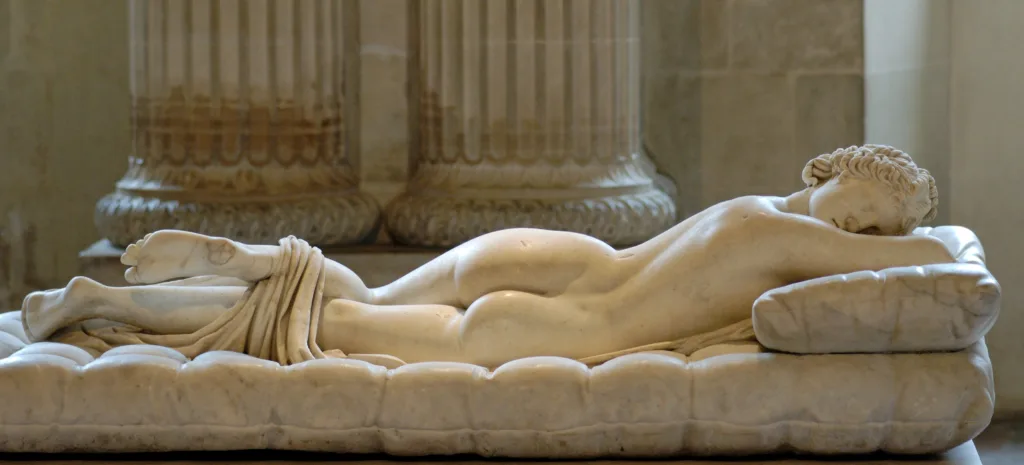
17th Century oil painting depiction of “Salmacis and Hermaphroditus” by Lodovico David (Public Domain)
Some other key details relating to the myths around Hermaphroditus include:
- The Pool Curse: Hermaphroditus invoked a curse dooming others bathing in same pool to be transformed as he was
- Shift in Status: The episode established Hermaphroditus’ supernatural governance over intersex individuals
- Myth Variations: Alternative versions of the story show distinctions across Greek and Roman literature
So this vivid mythic legend of radical biological amalgamation had profound resonant cultural reverberations regarding conceptions of fluid gender identities in classical antiquity that still echo into the modern era.
Hermaphroditus’ Symbolic Meaning and Representation in Classical Art
As the divine progeny of such beautiful parents embodying idealized masculine and feminine attributes, Hermaphroditus was often depicted in Greco-Roman art as the perfect vision of blended androgynous grace and loveliness.
Some of the common symbolic ways Hermaphroditus was visually portrayed include:
Motifs in Artistic Depictions of Hermaphroditus
Given such visual treatment in statuary and mosaic art, Hermaphroditus was clearly perceived as an emblematic paragon of combined male-female beauty and grace. However, he was not as actively venerated or given temple sacrifices compared to other more prominent Greek and Roman gods outside his narrow domain.
The Legacy and Cultural Impact of Hermaphroditus’ Mythology
As one of very few explicitly intersex figures arising in the mythologies of classical antiquity, Hermaphroditus holds an exceedingly singular status in pantheons of ancient Greco-Roman deities presiding over such realms of human experience.
Significance of Hermaphroditus as an Intersex Deity
Some of the most noteworthy dimensions around his legacy tied to conceptions of gender include:
- Mythic Precursor: Helped establish origin narratives detailing ambiguous biological sex characteristics
- Societal Influence: Shaped prevalent early attitudes regarding appropriate gender roles and conduct
- LGBTQ+ Connections: Links to contemporary recognition of intersectional queer identities
So despite his relative obscurity now outside of scholarly analyses, Hermaphroditus constituted an early example of gender spectrum diversity that subverted the rigid male-female binaries permeating ancient Mediterranean cultures. And the myths encoding such concepts likely instigated incipient social acknowledgment of fluid gender possibilities across history.
Conclusion: Modern Relevance of Hermaphroditus’ Story
Over two millennia since his tales originally circulated in Hellenic society, the mythic figure of Hermaphroditus still carries resonance regarding enlightened conceptualizations of gender. His fabled metamorphic fusion with the impassioned nymph Salmacis represents a vivid symbolic precursor for validating expanded conversations around intersex conditions and transgender identities.
And the supernatural curse Hermaphroditus allegedly placed on the waters of Halicarnassus gestures to ongoing struggles around acceptance for those exhibiting fluidity or ambiguity in sexual characteristics across a spectrum of human experience. So restored appreciation for intersex deities like Hermaphroditus emerging from ancient mythologies allows space for celebrating a more nuanced, multidimensional array of gender modalities in the present day.
Share this content:
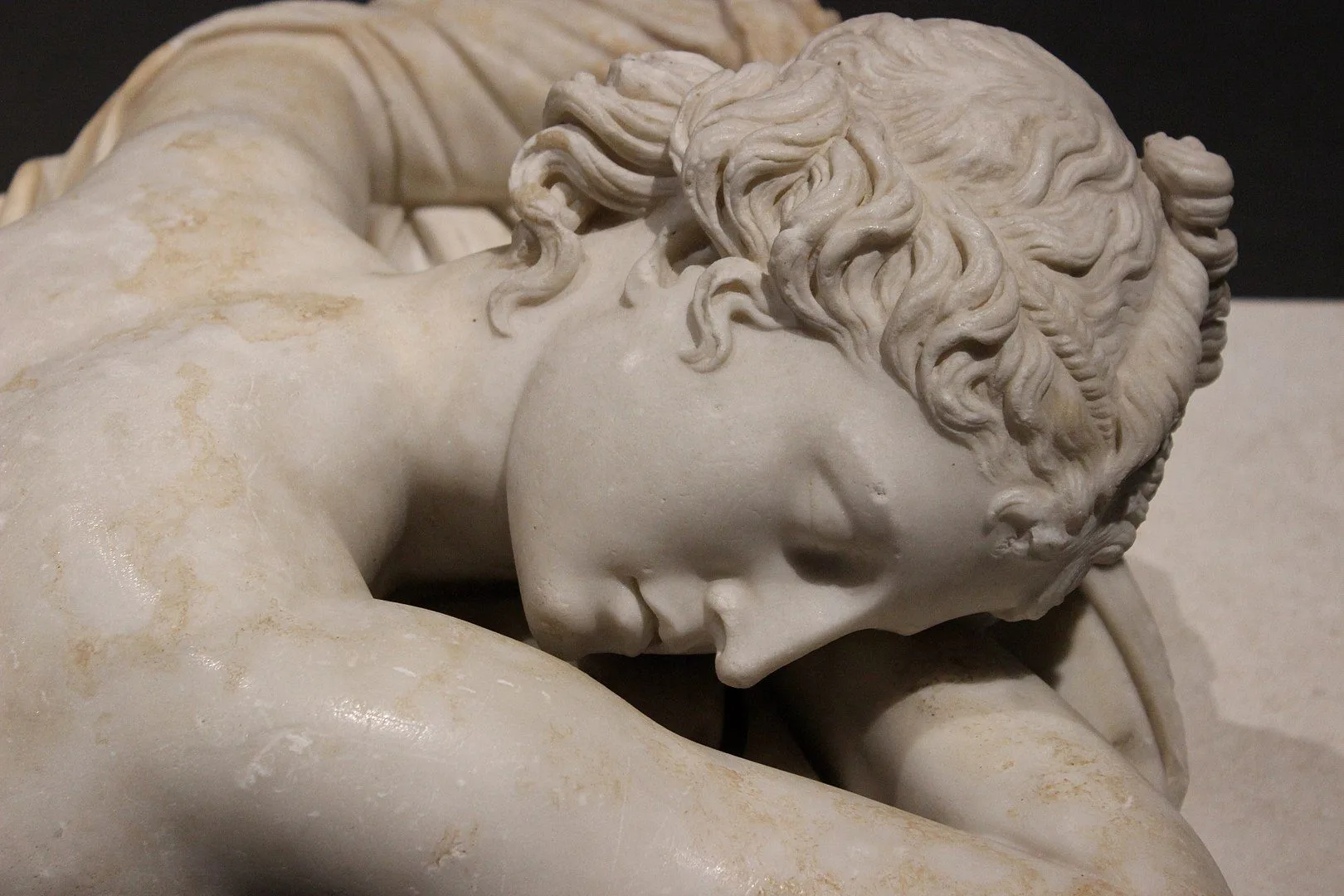
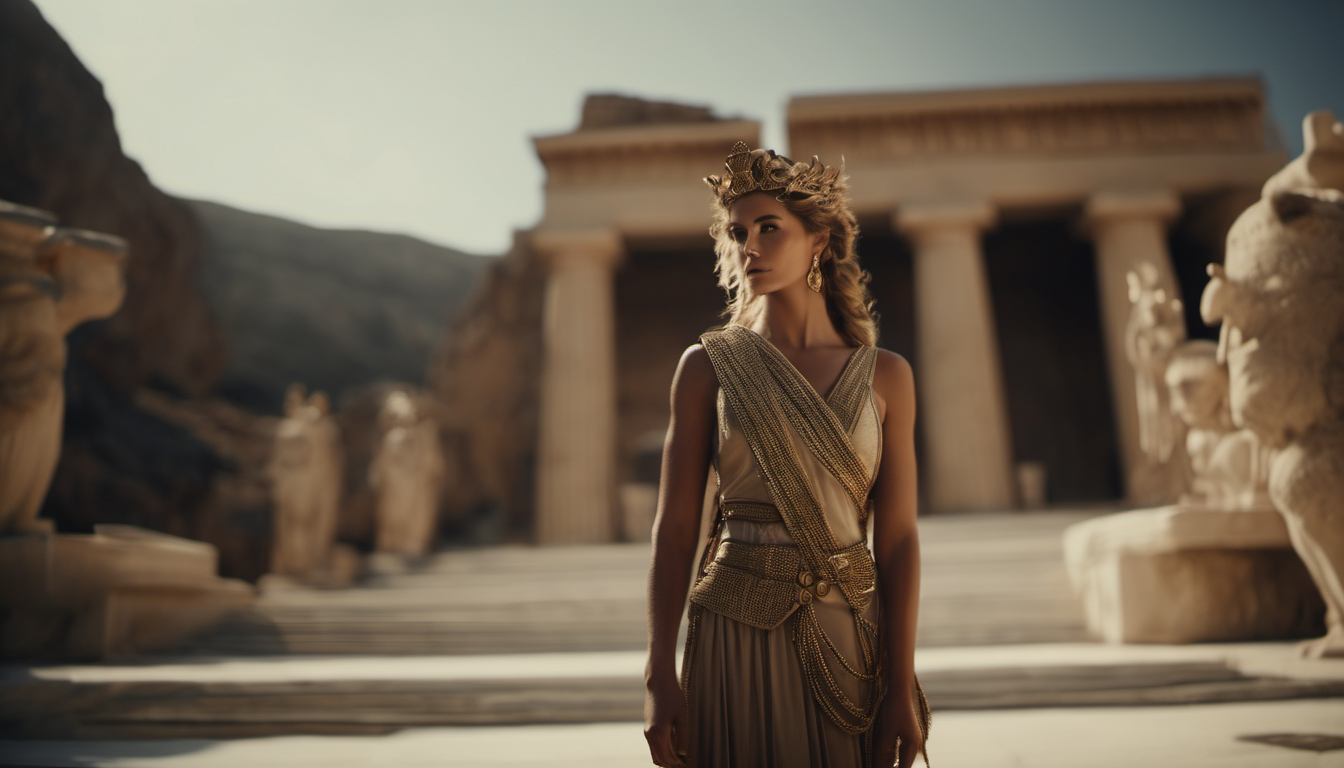
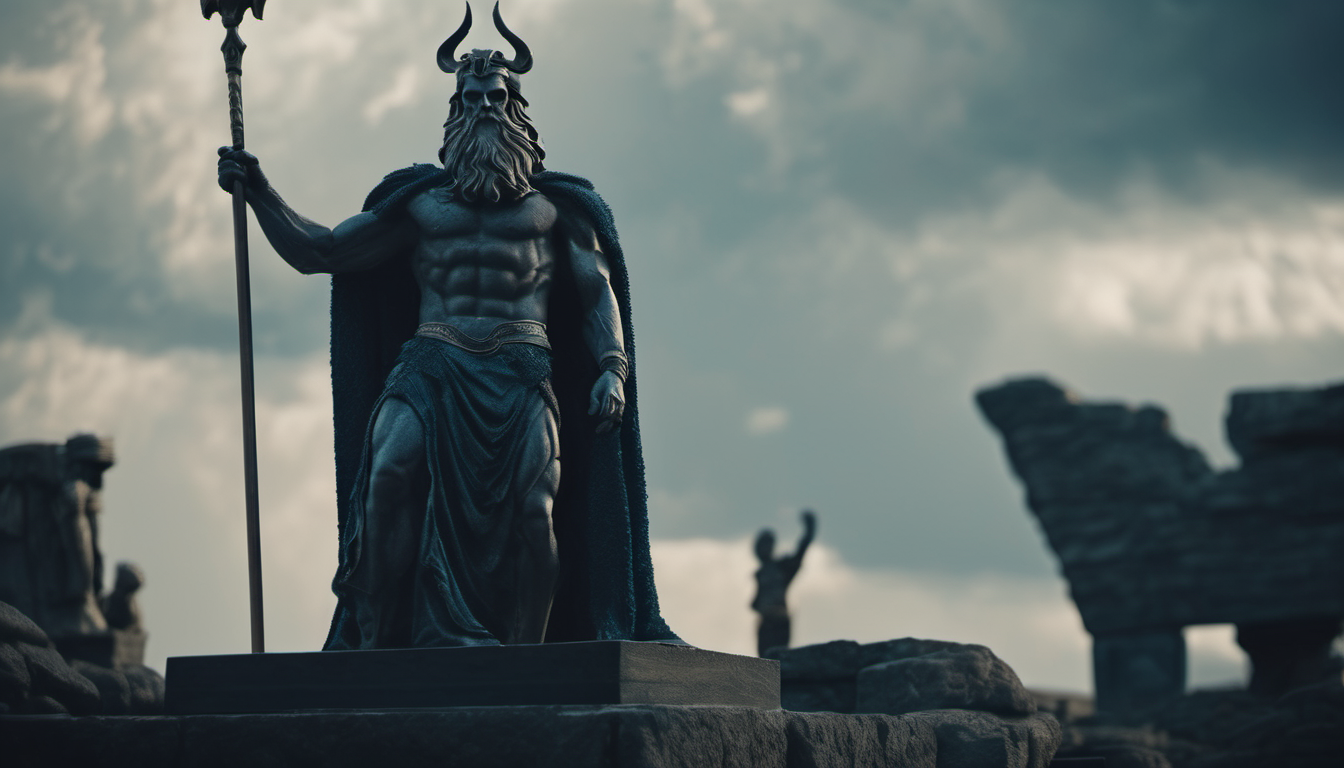
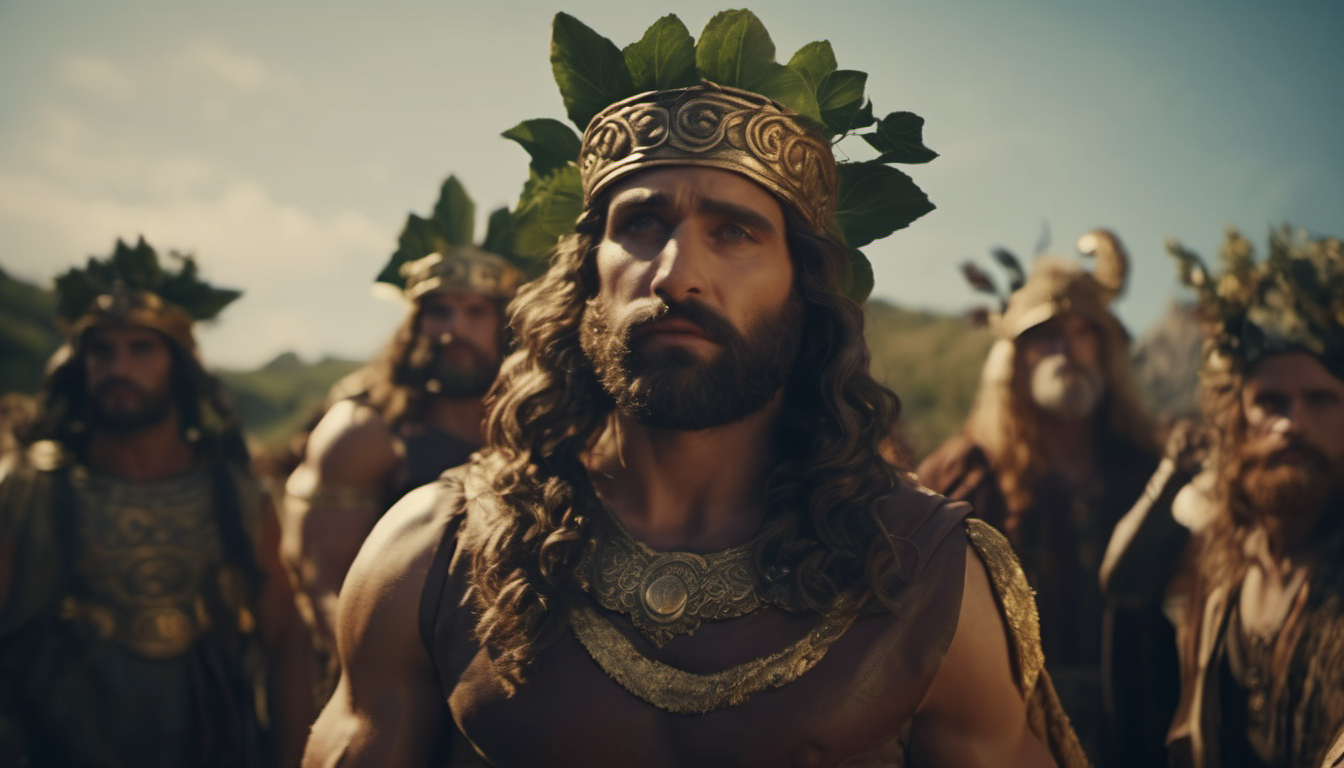
Post Comment